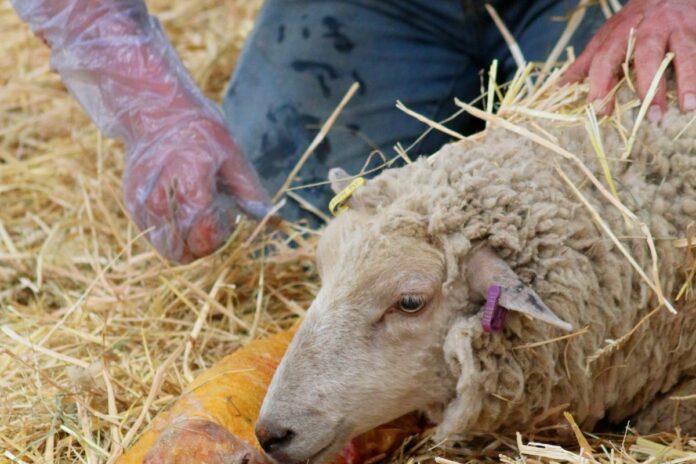That’s Farming editor, Catherina Cunnane, spoke to a farm vet, who provided our readers with advice on how to get the most out of their work experience/work shadowing at a veterinary practice.
- Put effort into securing your placement/work shadowing opportunity: If possible, arrange to meet in person, face-to-face, with the veterinary practice’s owner or an alternative member of staff. Avoid, if at all possible, making an application via the practice’s social media pages or sending a generic query/request via email, as your request may slip through the ranks. Showing up in person can demonstrate just how enthusiastic you are about securing placement, and it will also allow you to engage on a more personal level with the practice to ensure you get the most out of the opportunity. Dropping into your local veterinary practice could be a good starting point; there is always someone willing to give someone a chance.
- Attempt to arrange placement in advance: It may not always suit veterinary practices and vets to take you on placement when you wish to undertake it, or they may already be pre-booked. Approach weeks and possibly months in advance and understand that while the majority of practices will attempt to accommodate your request, this may not always be possible, as it may not suit schedules, or there could be a double booking.
- Variety: See as much practice as possible and ensure that you get a true feel for what life as a veterinary surgeon entails – small animal cases, farm animal cases, equine, ect.
- Learning experience: Generally, these opportunities take more the form of work shadowing, where you are observing as opposed to working. You will work shadow the vet, or veterinary support staff, as they perform various duties. If on call with a farm vet, you may get an opportunity to see various procedures, such as C-sections, LDA corrections and TB testing, for example, and become familiar with various conditions, organising equipment, and there may even be certain tasks – administrative duties, for example – that you may be able to assist with.
When you secure your placement:
- Adhere to your vet’s instructions and conduct yourself in a professional manner at all times – be courteous and polite to clients and colleagues;
- Not clocking out before the end of the working day: out-of-hours: In a lot of cases, students finish work placement at 5 pm/6 pm, which is often not a typical depiction of veterinary – particuarly for those involved in farm practice. If the vet has to tend to a case ‘after hours’, make yourself available. Seek opportunities with practices that allow you to attend out-of-hours emergency calls, including C-sections and other surgeries.
- Be open: Some often get their foot on the veterinary career ladder from placement and secure positions as veterinary assistants or receptionists as part-time jobs during their second-level studies, which may lend itself to further opportunities in the future. Volunteer if necessary to avail of opportunities in veterinary practices, as this will allow you to enhance and expand your animal husbandry knowledge.
- Ask questions: Do not be afraid to ask questions, and remember there is no such thing as a stupid question. Travelling between calls can provide a window of opportunity to ask the vet any questions about cases, conditions, their career pathway or college options. Vets like questions and imparting their knowledge;
- Conduct: Show up on time, engage with placement (leave mobile phone aside and do not capture any content – videos and/or photos without permission) and wear correct PPE. Ideally, have a separate pair of clean, fit-for-purpose wellingtons and waterproofs (trousers and jacket) just for placement. The practice may be able to organise this for you
- Gain as much experience as possible in various practices: Do not limit yourself to just one week or one practice or even one week in one practice. No two days, week or practices are the same, so know what you are letting yourself in for before you enrol in a veterinary medicine course for 5-6 years.
Previous article on That’s Farming:





